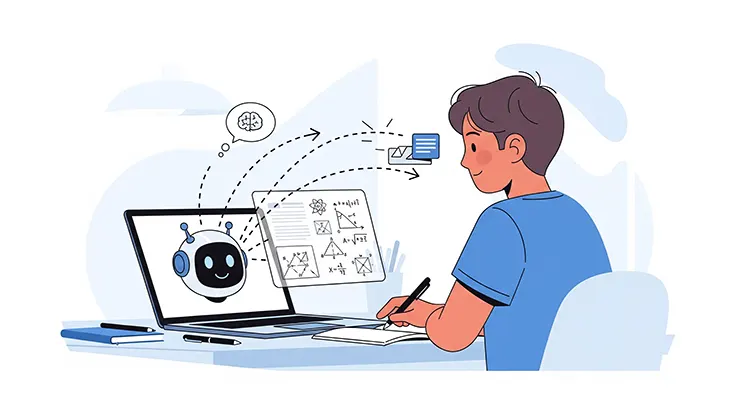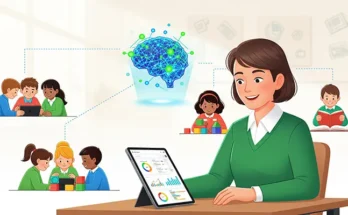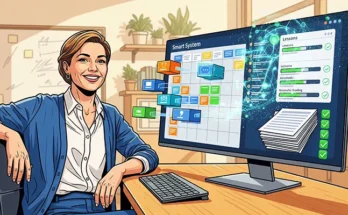The advent of artificial intelligence (AI) has revolutionized many sectors, including education. AI chatbots, in particular, have become valuable tools for enhancing student tutoring and providing timely feedback. These intelligent virtual assistants offer personalized learning experiences, instant assistance, and continuous support outside the traditional classroom setting. Here’s how educators and students can leverage AI chatbots effectively for tutoring and feedback.
1. Personalized Tutoring Sessions
AI chatbots can deliver personalized tutoring by adapting to each student’s pace, learning style, and areas of difficulty. By interacting with students through conversational interfaces, chatbots can assess knowledge gaps and tailor explanations, practice problems, and resources accordingly. For instance, if a student struggles with algebra, the chatbot can provide easier examples, step-by-step guidance, and additional practice questions targeted to improve proficiency.
2. 24/7 Availability for Student Support
Unlike human tutors who have limited hours, AI chatbots can be accessible around the clock. This ensures students receive immediate assistance whenever they need help, whether late at night or during weekends. The continuous availability removes barriers related to scheduling and promotes consistent learning, especially for students balancing academics with other responsibilities.
3. Instant Feedback on Assignments and Quizzes
Prompt feedback is crucial for effective learning. AI chatbots can quickly grade quizzes, assignments, and provide constructive comments on student responses—helping learners understand mistakes and rectify them promptly. Some advanced chatbots employ natural language processing (NLP) to analyze written answers, delivering detailed feedback beyond simple right or wrong indications.
4. Encouraging Active Learning
By engaging students in interactive dialogue, AI chatbots promote active learning. They can pose questions, prompt critical thinking, and encourage students to explain concepts in their own words. This interactivity helps reinforce understanding and retention compared to passive learning methods.
5. Monitoring Student Progress
AI chatbots can track student interactions, performance trends, and learning progress over time. Educators can use these insights to identify students who may need additional support and customize instruction accordingly. Some platforms even generate reports highlighting strengths and weaknesses, enabling targeted interventions.
6. Supplementing Classroom Instruction
Using AI chatbots as supplementary tools can enhance traditional teaching methods. Chatbots can handle repetitive queries and routine exercises, freeing up teachers’ time to focus on more complex topics or personalized mentorship. Additionally, chatbots can facilitate revision sessions and exam preparation by providing concise summaries and practice tests.
Best Practices for Using AI Chatbots in Student Tutoring and Feedback
- Integrate with Existing Learning Management Systems (LMS): Seamless integration ensures that the chatbot complements other educational tools and centralizes student data.
- Ensure Clear and User-Friendly Interactions: The chatbot’s interface should be intuitive and conversational to engage students effectively.
- Maintain Human Oversight: While AI chatbots are powerful, human educators should supervise and intervene when necessary to provide emotional support and nuance.
- Protect Student Privacy: Implement strict data privacy measures to safeguard sensitive student information collected by AI applications.
AI chatbots represent a transformative opportunity to enhance student tutoring and feedback through personalized, accessible, and immediate support. By effectively integrating these intelligent tools into the educational ecosystem, both educators and students can benefit from improved engagement, efficiency, and learning outcomes. As AI technology continues to advance, its role in shaping the future of education will undoubtedly expand, making it an indispensable resource for modern learners.





